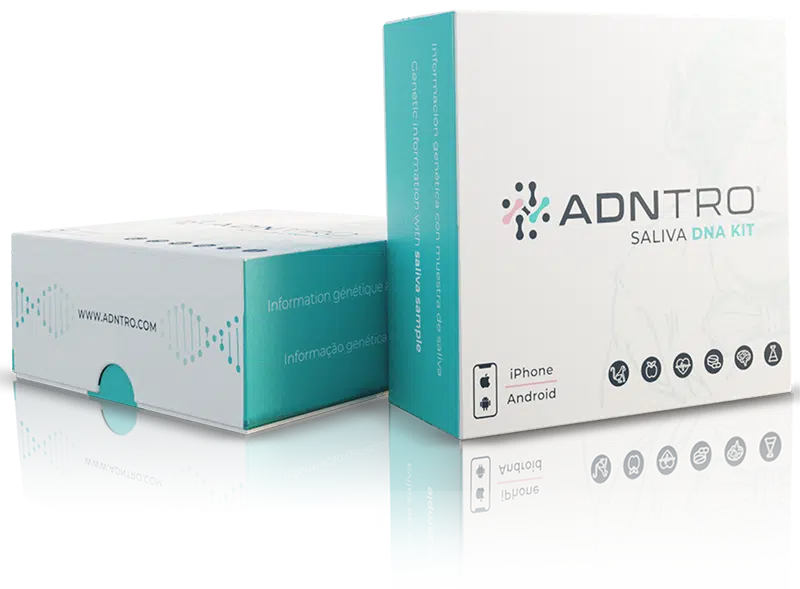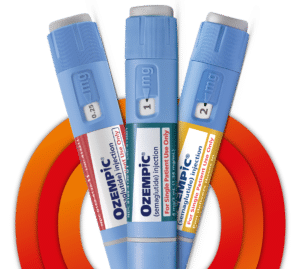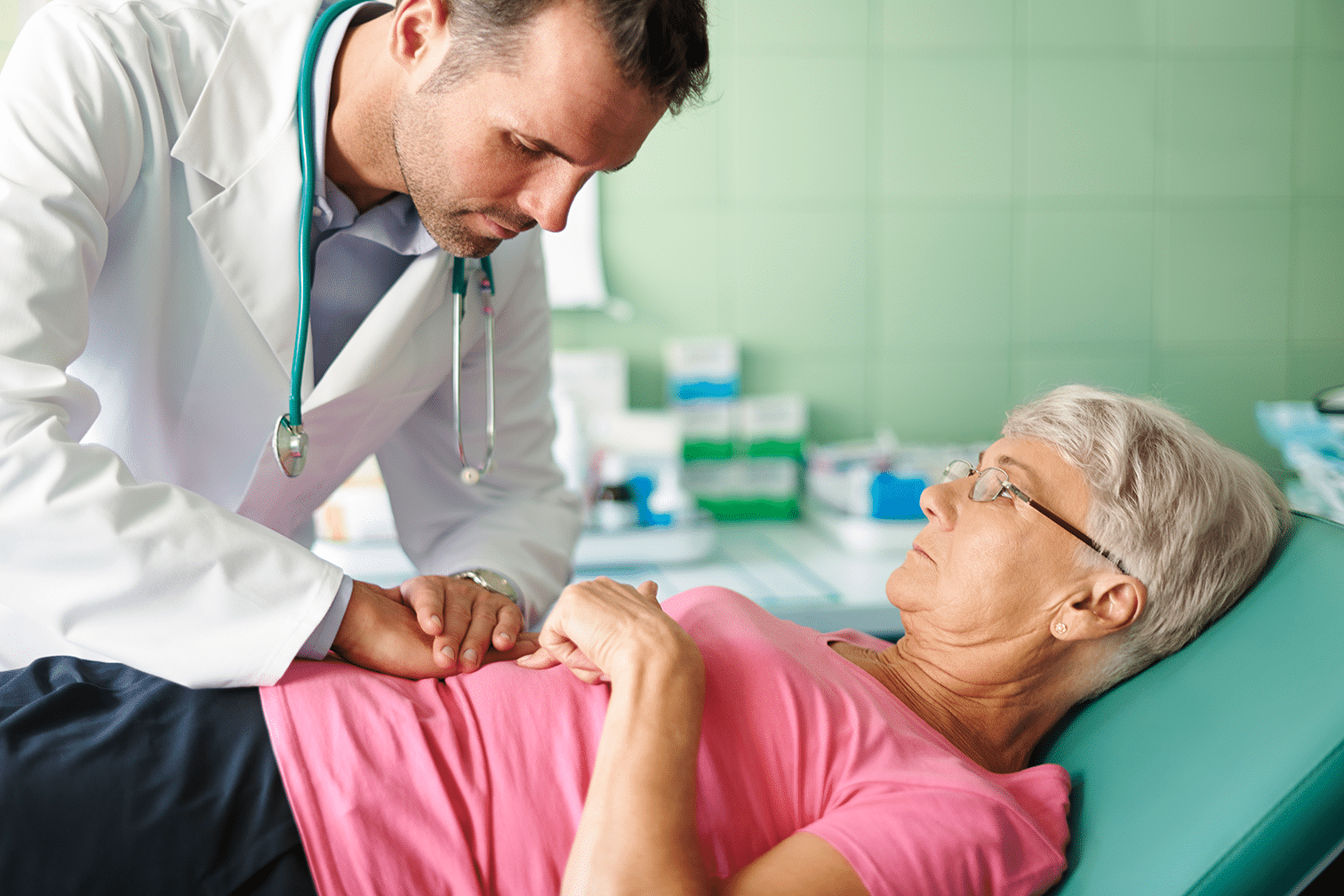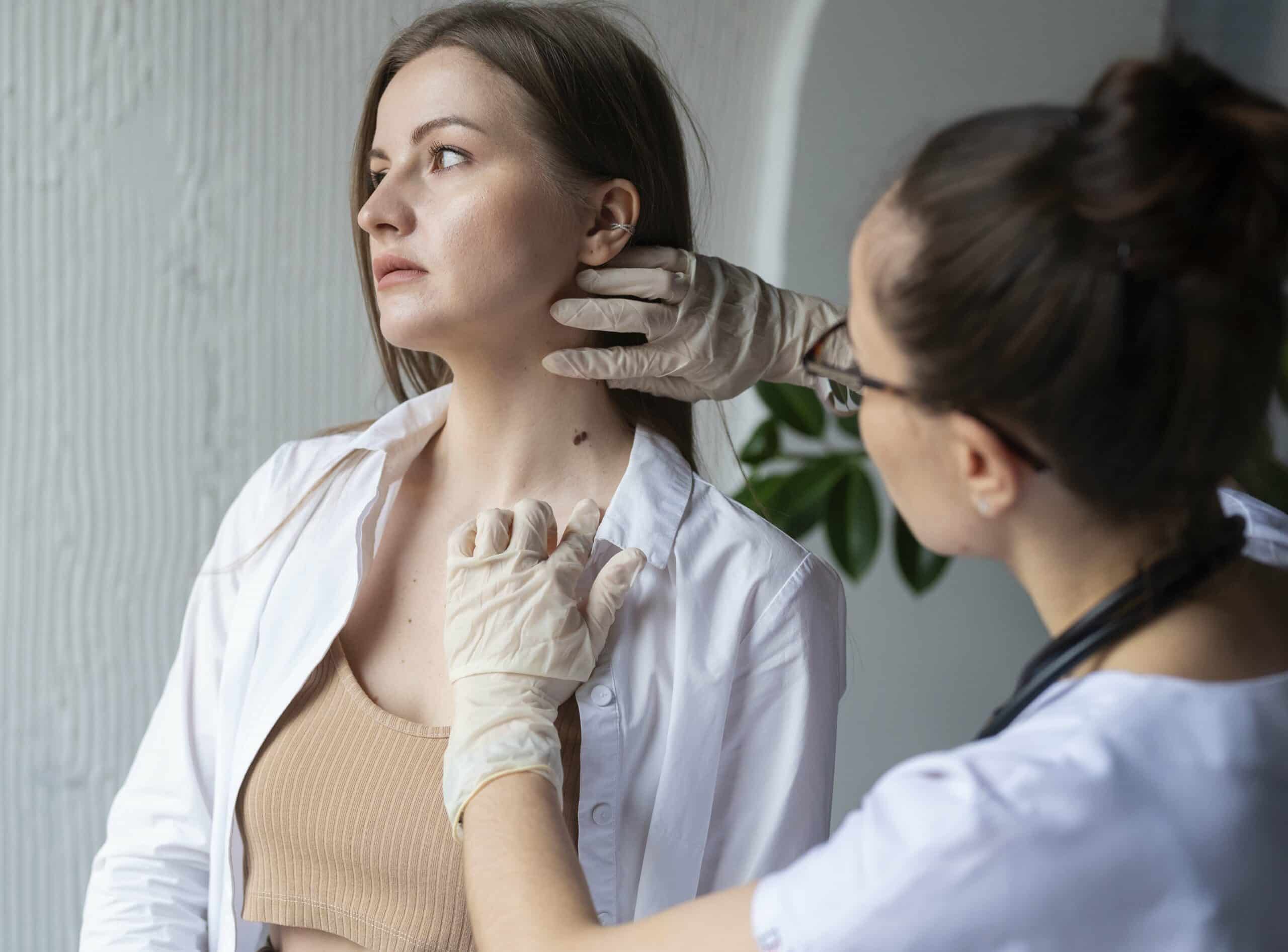Did you know that approximately 66% of the variance in elite athletes is explained by genetic factors?
Athletes are increasingly looking to the study of genetics to optimize the planning of their training.
You may ask, what is the relationship between genes and sport? What kind of knowledge can a genetic test give me? How can we use that to plan our training?
Let's take a look at the answers to these questions and more.
How do we know that genes affect sports performance?
We know that some genes affect sports performance because of studies that look at genes and sports performance.
What these studies do is divide the population of study in two big groups according to what it wants to be studied.
For example, if we want to assess how well muscles recover for sport, we will take a group of people with good muscular recovery and another with bad muscular recovery.
Once we have that division, we will analyze which genetic variants are present in the majority of people from the good muscular recovery group. We will then do the same for the second group.
By submitting the resultant variants to statistical analysis, we learn which variants are associated with good or bad muscular recovery.
Besides genes, some other decisive factors on sports performance include the environment (humidity, altitude, etc.), nutrition, motivation, and training.
You can know if you have athletic variants by doing genetic testing for sports performance
When establishing a sports training routine, you not only have to take into account the goals you want to achieve. You also have to know your body to get the most out of it.
Furthermore, you need to know what your weak points are in order to take extreme precautions and avoid long and frustrating injuries.
The best way to know how your body works is to go to the basis of everything, to genetics. With our DNA kit from DNATRO, for example, you can:
- Know what type of sport your genetics predispose you to: strength, endurance, or flexibility sports.
- Your natural tendency for physical proactivity, your tendency for extreme sports, athletic ability (assessed in competitive athletes whose knowledge can be applied in the analysis of your DNA), your capacity for muscle building and aerobic capacity.
- When it comes to sports, controlling your heartbeat can be vital. With the ADNTRO kit, you will know, at a genetic level, how easily your heart rate accelerates during physical activity and its ease at recovering.
- Your genetic predisposition to muscle damage (creatine kinase, lactate dehydrogenase and muscle inflammation) and predisposition to anterior cruciate ligament injuries, Achilles tendon injuries, stress fractures and ankle injuries.
Why types of sports performance do genes affect?
Broadly speaking, there are two main categories of sports that genes most clearly have an impact on. Let’s take a closer look at each category.
1- Genes for power sports
Sports that require a lot of power include weightlifting, field sports such as javelin, sprinting, and many more.
The ability to exert power is something many of us have noticed ranges widely between people.
The ACTN3 gene
At the biological level, the most studied gene with the best-known molecular involvement is the ACTN3 gene.
When the ACTN3 protein is expressed, it exerts its function on skeletal muscle fibers. It has the ability to produce powerful contractions that facilitate explosive and rapid movements.
There is clear evidence of the importance of this gene in strength sports. However, the studies emphasize the importance of not only analyzing genetic variants associated with this gene to determine a person's genetic predisposition to power or endurance sports.
That is why in ADNTRO, in addition to variants associated with the ACTN3 gene, we analyze other genes: PTPRK, AGT, HSD17B14, IGF2, IL6, SEMA4A, NFATC2, TERT, ACVR1B, ADRB2, AGTR2, NOS3, PPARA, IGF1, CKM, GALNT13, MTHFR, and GBF1.
Sarcomeres
Skeletal muscles are made up of muscle fibers, blood vessels, nerve fibers, and connective tissue.
The composition of muscle fibers contains functional units called sarcomeres. Each sarcomere includes actin filaments (thinner filaments of the sarcomere) and myosin filaments (thicker filaments).
How ACTN3 and sarcomeres interact
A good way to know the molecular basis of strength sports is to delve into the ACTN3 gene and the function it plays in sarcomeres.
This gene encodes the protein α-actinin-3, a protein located in skeletal muscle with a key role in sarcomere function.
If we talk about histology, the sarcomere presents the band A with the thick filaments (myosin); the band I with the thin filaments (actin); the Z disc, and the M line.

The ACTN3 gene has attracted the attention of sports professionals. This is partly because it predetermines the expression of a protein (α-actinin-3) that crisscrosses and stabilizes the fine actin filaments in the Z disc. It is therefore critical for the production of energetic contractions and rapid, explosive movements.
This is why the ACTN3 gene has been called the "speed gene".
2- Genes for endurance sports
As mentioned, the most studied gene for strength is the ACTN3 gene. In the absence of the ACTN3 protein, aerobic capacity increases. This favors endurance sports.
Individuals with the deficient variant regulate the production of alpha actinin-2 in fast-twitch fibers presenting a lower - but not zero - percentage of fast-twitch fibers.
ACTN3
Alpha actinin-2 is a protein very similar (91%) to alpha-actin-3. However, unlike ACTN3 (exclusive to fast-twitch muscle fibers or type II - strength), it is ubiquitously expressed in all types of muscle fibers.
It has been shown that the composition of muscle fibers (slow contraction vs fast contraction) depends not only on genetics but also on the environment (exercise, nutrition, etc.). The relative importance of each component is similar (≈ 50%).
Your genetics gives you a starting point.

ACTN3 across populations
Having the ACTN3 gene active a priori would have been an adaptive advantage to our ancestors (speed).
However, evolutionary biologists theorize that adaptation to cold may be the reason why such a high percentage of the population (20% of the total population) are carriers of the deficient ACTN3 protein genotype.
Research shows that, as our human ancestors migrated to North Africa and the Middle East, the percentage of people with ACTN3 deficiency increased to the following levels:
- 25% of Asians
- 18% of Caucasians
- 11% of the Ethiopians
- 3% of African Americans in the U.S.
- 1% in Kenyan
The genetic involvement of genes is also known. ACE, ADRB2, AGTR2, EDN1, SLC16A1, NFIA-AS2, NRF1, PPARA PPARGC1A, UCP2, UCP3, VEGFA IL6, AQP1, BDKRB2, COL5A1, GABPB1, GALNTL6, HFE, KCNJ11, KDR, NACC2 and DCDC2.
3- Other genetic factors affecting sport
Below is more information on the molecular basis behind some of the most studied sports traits.
Muscular recovery
When we talk about muscle recovery, colloquially we talk about stiffness.
Today, the theory with the most support ing the scientific community argues that stiffness could be caused by muscle pain and inflammation suffered as a result of small micro ruptures of muscle fibers.
However, there are other factors involved in muscle damage. That is why, in ADNTRO, the results of muscle recovery are based on the analysis of genetic variants associated with factors involved in inflammation, lactate dehydrogenase levels and creatine kinase levels.
The latter is an enzyme found within the muscles that is released into the bloodstream when muscles are damaged.

Among the genes involved in muscle recovery, we find the AMPD1 gene.
This gene encodes the enzyme adenosine monophosphate deaminase that acts on skeletal muscles when muscles need to produce a large amount of ATP (nucleotide essential for our body to obtain energy), such as during exercise.
People with one copy (heterozygotes) of the AMPD1 allele need longer rest periods between weight workouts, require more time between sessions, and have a greater perception of pain after training.
Having a single copy of the variant causes a decrease in enzyme activity of between 60 and 84%.
Other genes involved are: CCR2, IL6, SLC30A8, TNF, MYLK, IGF2, CCL2, SPP1, SOD2, ACTN3, IL1B.
Stress fractures
Bone is continuously degraded and renewed thanks to osteoclasts (a multinucleated, mobile, and giant cell that degrades, reabsorbs, and remodels bones).
The phases of bone remodeling are:
- Quiescent phase: the bone is at rest
- Activation phase: the bone surface is activated and the circulating osteoclasts that will be responsible for breaking the tissues are recruited
- Reabsorption phase: osteoclasts dissolve the mineral matrix
- Formation phase: osteoblasts are activated to form new bone
- Mineralization phase: phase in which the fully formed bone is mineralized
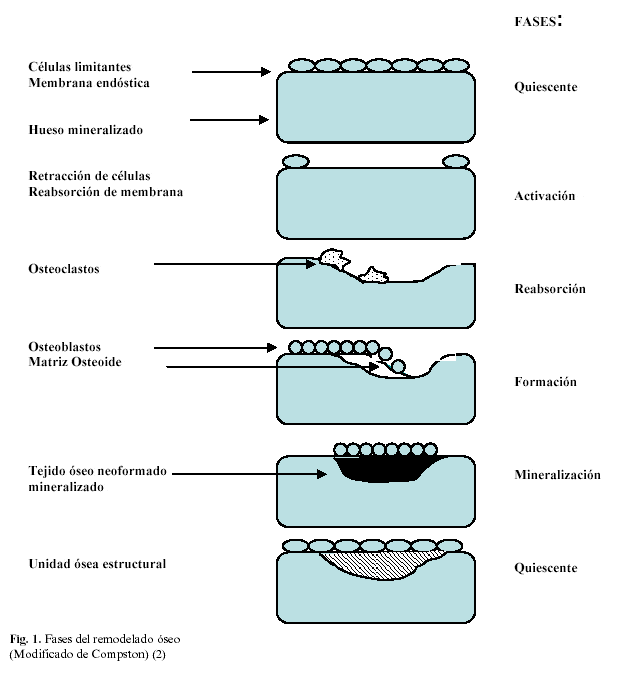
The pathophysiology of stress fractures is thought to be related to cyclic mechanical loading of bone, which stimulates an incomplete remodeling response.
Repeated mechanical loads can cause an uncoupling between osteoblast bone formation and osteoclast bone resorption. They arise from the inability of bone to tolerate repeated mechanical loads.
Inadequate adaptation to mechanical change leads to an imbalance between microdamage and remodeling. It gradually results in a fracture characterized by damage to the microarchitecture of the bone.
The prevalence of stress fracture period in elite athletes and military recruits ranges from 14 to 21%, It most often manifests in the lower extremities as localized pain that increases during exercise.
Among the risk factors, we find high stature, poor physical condition, decreased bone mineral content, and genetics.
Focusing on genetics, there are allelic variants that increase the fragility of the bone. These variants are located in the following genes:
- COL1A2: This gene encodes the pro-alpha2 chain of type I collagen. It is a fibril former found in most connective tissues and is abundant in bone, cornea, dermis, and tendon. Mutations in this gene are associated with the improper formation of bone tissue (osteogenesis imperfecta).
- LRP5: The protein for which it codes plays a key role in skeletal homeostasis.
- RANK: The receptor activator of nuclear factor-KB (RANK), and its ligand (RANKL) are integral to osteoclastogenesis as they stimulate osteoclast activation, formation, and differentiation. That is why the RANK/RANKL/OPG signaling pathway can cause a decrease in bone resorption.
Conclusion
When it comes to sports, genetics it is not the only factor involved, but plays a main role as it provides you with a baseline.
Several scientific studies have provided insight about genetic variants associated with sports capacities.
With a DNA test of ADNTRO, or uploading your RAW DNA data from another company, you will be able to know your genetic predisposition to:
- Power
- Endurance
- Flexibility
- Heart rate increased
- Heart rate recovery
- Aerobic capacity
- Physical proactivity
- Extreme sports
- Muscular building
- Muscular recovery
- Injuries, including: anterior cruciate ligament injuries, Achilles tendon injuries, stress fracture and ankle injuries.

